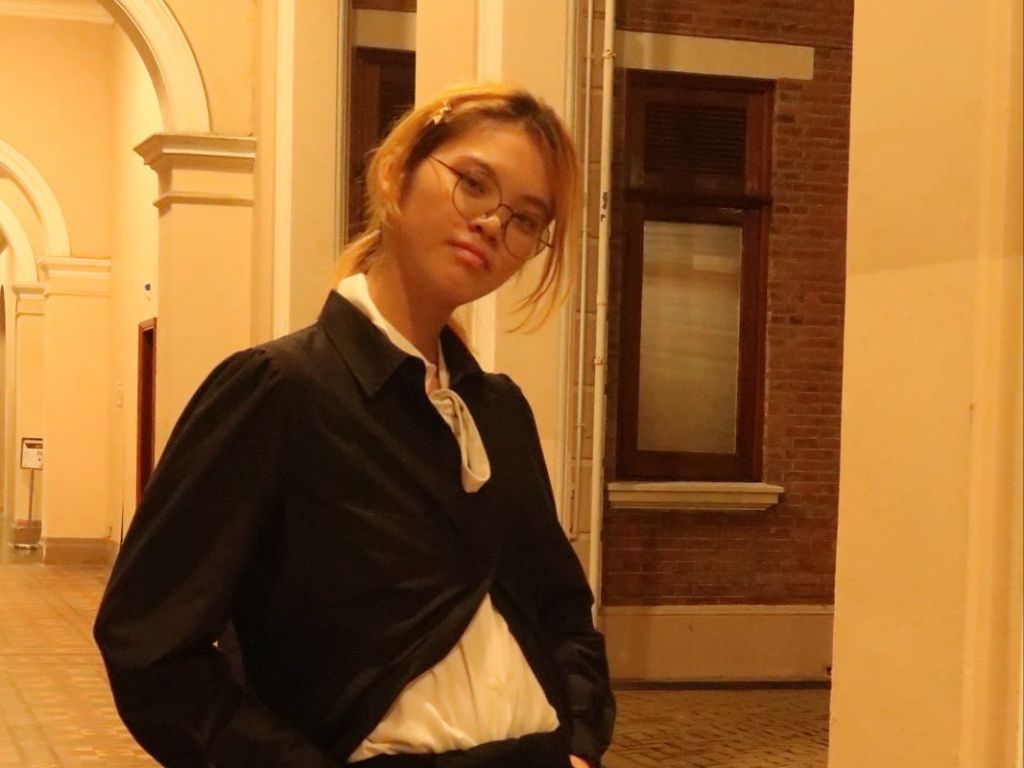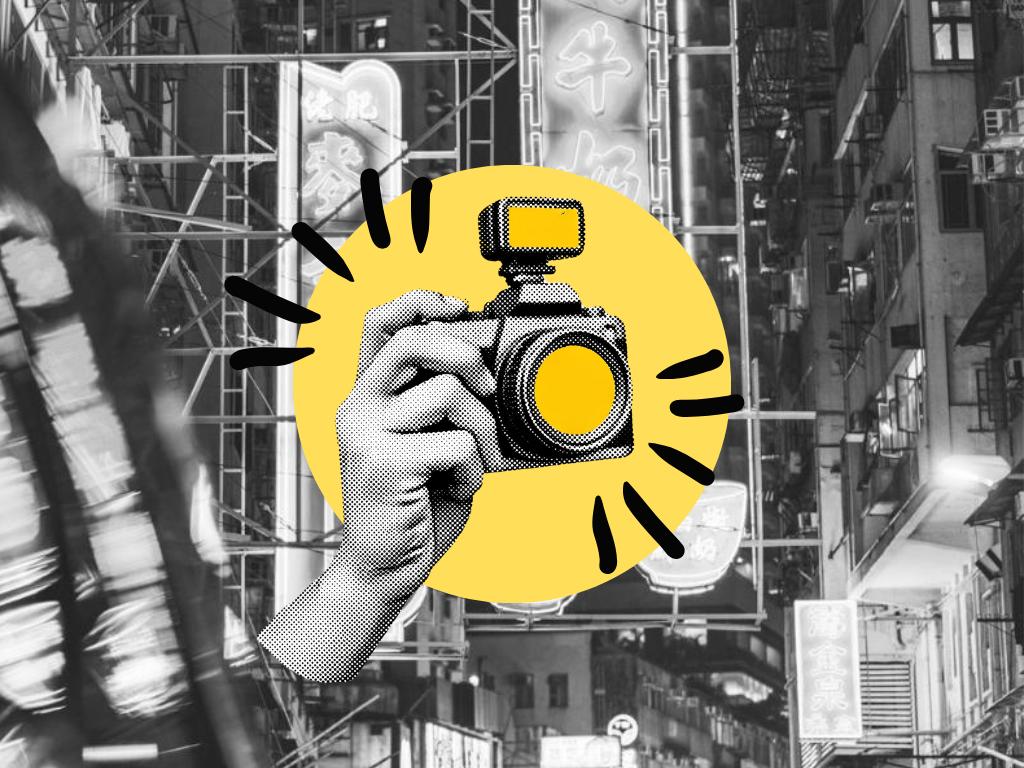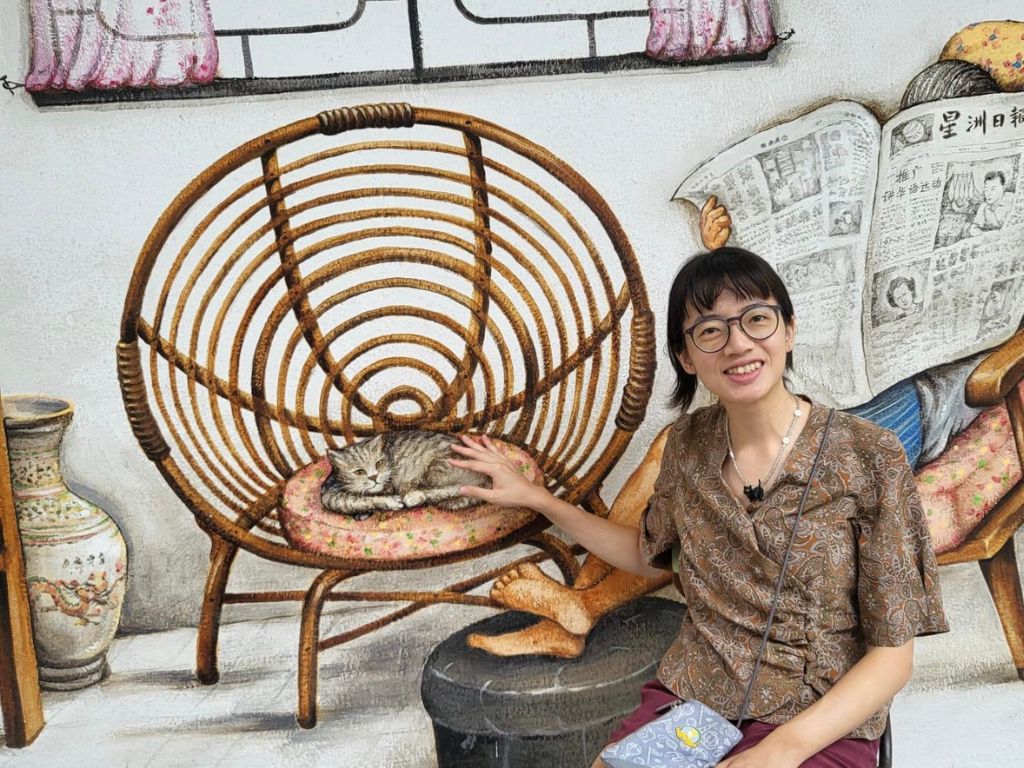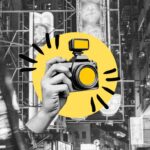Share
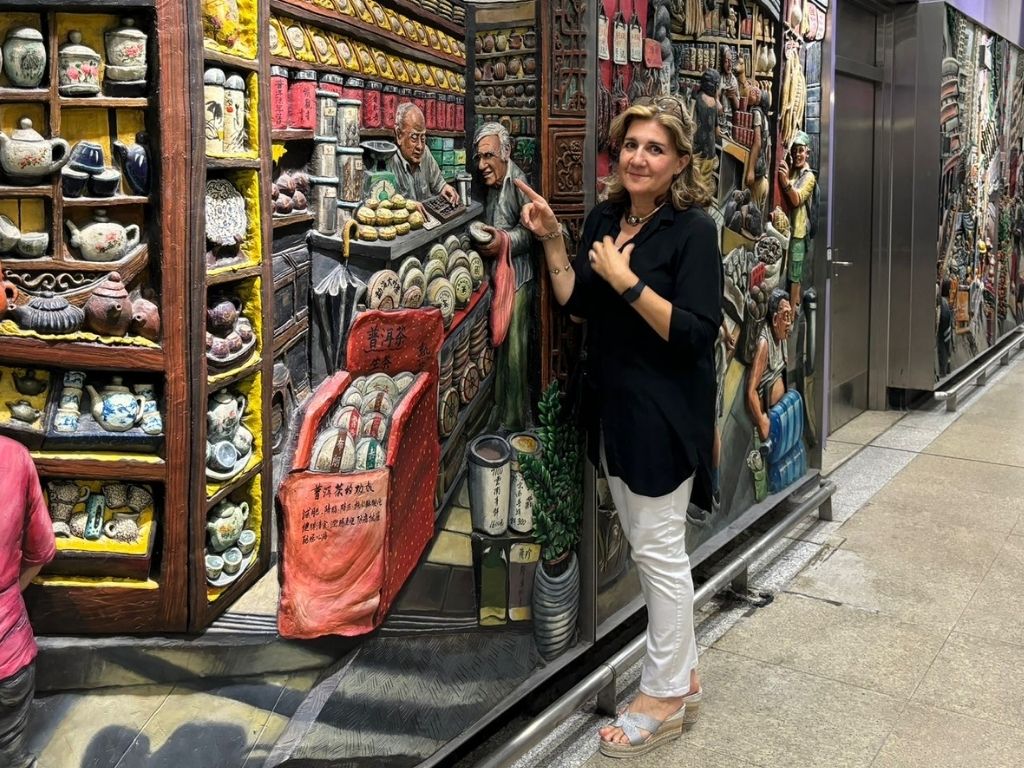
“I often describe myself as a storytelling artist.”
Louise Soloway Chan
We’re sitting at an outdoor café and Louise Soloway Chan is showing me artwork on her phone, scrolling through gazillions of albums.
“I’ve recently been organising my work, getting everything on to my phone,” she sighs, somewhat exasperatedly. There’s 30 years of daily work on there, for the self-described storyteller, whose profession has brought her into contact with all sorts and who has been commissioned to record a diversity of scenes from market stalls in Hong Kong, a pre-digital trading floor in London, a sugar-coating pill laboratory, lip-syncing drag performances and who once worked on a construction site based out of a studio on an island in the South China Sea.
“I often describe myself as a story-telling artist, documenting people as they go about their day at work, rest and play. I’m fascinated by the quirks and humour of everyday life and include as much detail as possible in my work, to give a sense of time and place,” she shares.
I’m lucky to have caught her. Soloway Chan was supposed to be back in the UK by now — she moved from Hong Kong to Essex in 2019, but extended her trip and was able to meet to discuss her participation in the upcoming Being Neighbourly exhibition.
She stops scrolling at one album. “These would work for the theme,” she says, revealing numerous sketches and photos of transvestites from early in her career. These were done in London in the 1980s. “They all got AIDS and died…”, she trails off, before she opens another album.
“I sketch... the peculiarities and humour of everyday life.”
Louise Soloway Chan
We move on to albums showing more recent work — her magnum opus, some say, for the MTRC, 3D Bas-relief panels in Sai Ying Pun MTR Station (Exit B1/2). Other of her works can be seen across Hong Kong (like the digital mural for the SCMP in its Aberdeen room in Times Square or the series of ink paintings in SoHo House’s ‘Blue Room’) — depictions of daily existence in Hong Kong which are impossibly detailed in real life, for which she’s known.
Though a sketchbook doesn’t make an appearance during our chat, Soloway Chan is known for carrying one and sketching “into the minutiae the peculiarities of everyday life amongst the mayhem”. Taking time to observe the world can be both life affirming and heart breaking, she confides.
Scrolling, we finally descend upon a painting from one of her innumerable iPhone albums, showing Chinese people doing typical English activities, having, I extrapolate, emigrated, like Soloway Chan and her family and so many others, from Hong Kong. ‘Interesting…’, I think, while appreciating the detail she’s captured of this moment in joint Hong Kong-UK history. “I think this is it”, we agree, reflecting on how this work really embodies the theme of transitioning to a different culture; and Soloway Chan ruminates over how she will present this work in a new way for the Being Neighbourly Transitions exhibition.
Soloway Chan’s surname name suggests an interesting background: ‘Eurasian?’ I venture… “No, I’m as English as they come, from Wiltshire, but I married a Chinese man. We are complete opposites”, she says, crediting her husband with helping her with pricing her art; and they have a son, whose passion is fashion. They have recently toured tertiary educational establishments in the UK, for him to set out on his own artistic storytelling. Watch this space.
Being Neighbourly welcomes Louise Soloway Chan’s participation in our inaugural art exhibition, Transitions, November 21-25 at the Hong Kong Visual Arts Centre.
Soloway Chan shares 3 things that have influenced her creatively
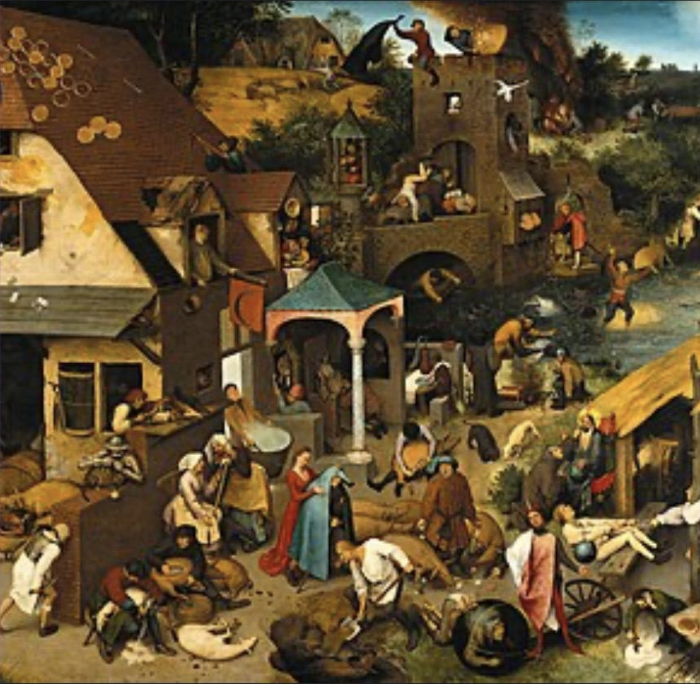
‘Netherlandish Proverbs' by Pieter Bruegel the Elder, 1559
When I was a child, my parents had Bruegel place mats and I spent hours lost in their details. This started my fascination with art that could transport you into other worlds. Breugal’s paintings were filled with figures, which set off my imagination as they were so lifelike. I liked to make up stories about lives long ago, in another countries and eras.
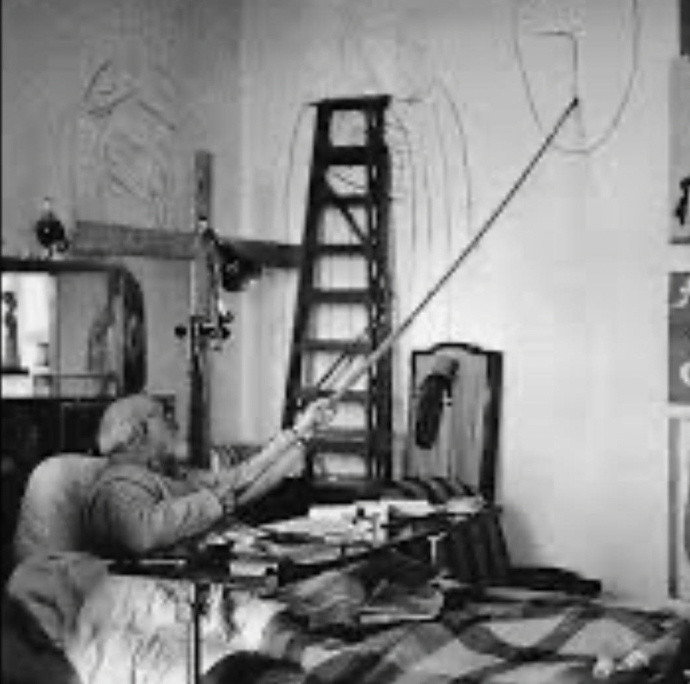
Henri Matisse who continued working, despite being bed bound
I remember watching a documentary featuring Henri Matisse on his deathbed. In it, Matisse was able to continue painting using long brushes from his bed. While making choices at school for a career, I thought, ‘Art is something you can do into old age, even with an aging, ill body…’ The rest, as they say, was history.

Thousands of statues at the Meenakshi Amman Temple, devoted to the deity
When I first went to India I was so excited and inspired by the highly coloured, painted bas-reliefs and sculptures, especially the religious friezes, all over the country, like the statues at the Meenakshi Annan Temple. On my return to the UK, I wanted to make colourful 3D friezes of my world. It literally felt like ‘breathing colours and life’ into flat 2D paintings.
Share
About the Author
Being Neighbourly
For over 20 years, the people behind BN have been creating content on the best things in life: food, travel and inspirational people.
Coming Soon:
Available soon in our Shop!
Snippets
Stay Up To Date
Want the latest insights and fresh content delivered straight to your inbox? Subscribe to our newsletter and stay updated with our exclusive content!
